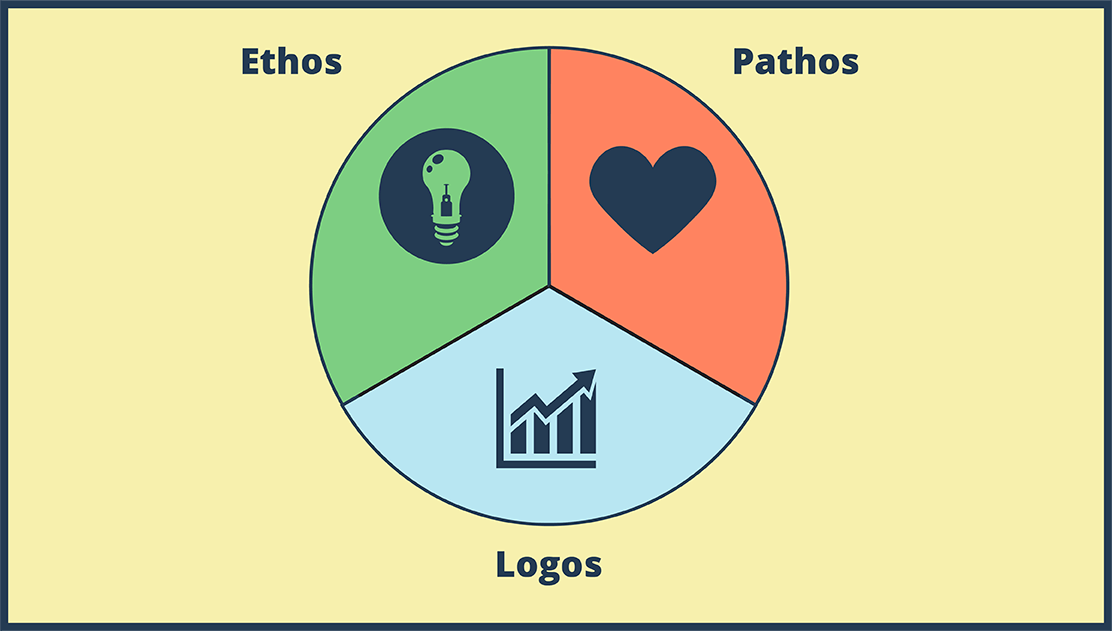How to Use a Protractor

Ten zestaw zdarzeń można znaleźć w następujących artykułach i zasobach:

Schemat Procesu
Plany Lekcji Anny Warfield
Instrukcje i procesy są o wiele łatwiej zrozumiałe, gdy towarzyszą im wizualizacje. Kiedy tworzymy scenariusz procesu lub tworzymy sekwencyjny diagram, możemy skupić się na dyskretnych krokach, przyczynie i skutku oraz sekwencji.

Korzystanie z Storyboard That w Twojej Klasie Matematyki
Pomoce Wizualne do Nowoczesnej Klasy
Storyboard That ułatwia włączenie wizualnej nauki do lekcji matematyki i dostosowanie treści do twoich uczniów. Łatwo konfigurowalne szablony pozwalają upewnić się, że arkusze, które przekazujesz uczniom, odpowiadają im tam, gdzie są, i kwestionują koncepcje, nad którymi wciąż pracują.
'
Sprawdź inne nasze artykuły edukacyjne!
Storyboard Opis
How to Use a protractor graphic organizer - diagram a process
Tekst Storyboardowy
- Maybe I can help.
- GAH! Math is so stupid! It doesn't make any sense!
- This protractor thing is impossible!
- I will show you how to use it. Well, step 1...
-
- Make sure the protractor is not backwards! It makes life so much easier if you can read the numbers.
- Before we measure, tell me if this is an acute, right, or obtuse angle.
- It IS acute, so that means it measures less than 90 degrees. We already know the answer is between 0 and 90 degrees!
- The line doesn't reach the numbers!
- Acute?
- There are two parts of the protractor to help you get the angle in the right place: 1) an upside-down T at the bottom middle 2) the base line (0 degrees or 180 degrees)
- We want to place the protractor on top of the angle so the middle of the T is at the vertex.
- Acute angle! 40 degrees! Take that MATH!
- Rotate the protractor so the vertex of the angle is still at the T, but one leg of the angle is lined up with the 0 degree line.
- That's OK. Don't you remember that definition about angles? Two RAYS with the same endpoint? Rays go on forever, so we can just extend the legs of the angle.
- The legs of the angle are extended, so we just need to read the numbers. Our options are 140 degrees or 40 degrees. Which is it?
Utworzono ponad 30 milionów scenorysów
Bez Pobierania, bez Karty Kredytowej i bez Logowania, aby Spróbować!





